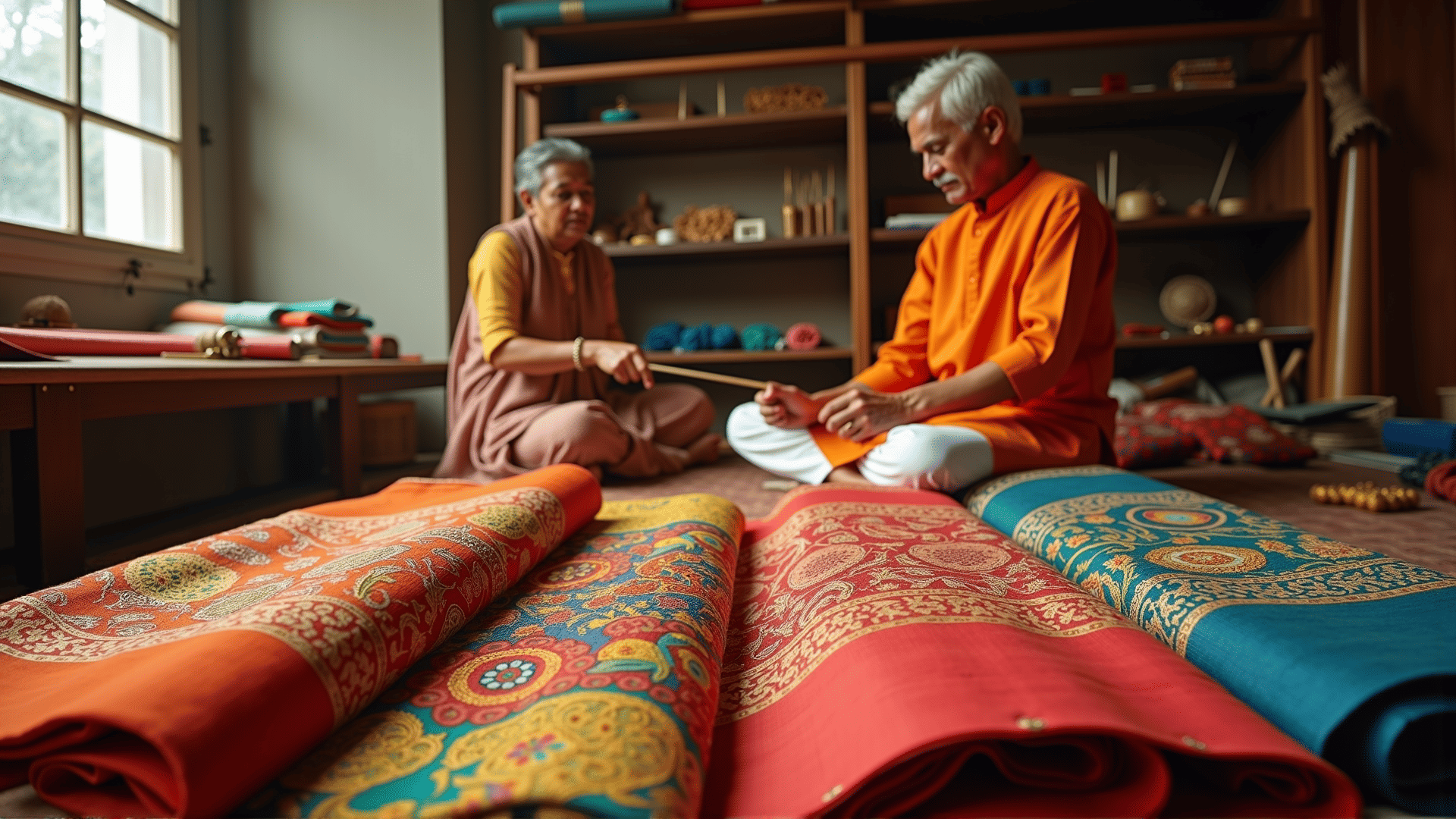In recent years, there has been a remarkable revival of traditional Indian fabrics, with designers and fashion enthusiasts worldwide embracing these rich textiles. This resurgence not only highlights the intrinsic beauty and craftsmanship of Indian fabrics but also underscores their adaptation to contemporary fashion trends. As the global fashion industry seeks sustainable and unique materials, Indian fabrics like khadi, handloom, and silk are making a significant impact with a modern twist.
Historically, Indian textiles have been celebrated for their vibrant colors, intricate patterns, and diverse weaving techniques. Each region in India boasts its signature fabric style, be it the luxurious silk of Banaras, the fine wool of Kashmir, or the sturdy khadi of Gujarat. With a heritage that stretches back centuries, these fabrics have been woven into the cultural and economic tapestry of the nation.
The revival of these traditional fabrics comes at a time when the global fashion industry faces criticism for its environmental impact and lack of sustainability. Indian fabrics offer a sustainable alternative as they are often handmade, use natural dyes, and are crafted using age-old, environmentally friendly techniques. For instance, khadi, which gained prominence during India's freedom movement under Mahatma Gandhi, is celebrated for its eco-friendly production process that relies on hand-spinning and weaving.
What sets the current revival apart is the infusion of modern innovation with traditional craftsmanship. Designers are experimenting with contemporary silhouettes, innovative cuts, and fusion styles. For instance, traditional Indian sarees are being reinvented as stylish gowns, while salwar kameez are undergoing transformation to meet Western aesthetics. This fusion has captivated younger audiences and goes beyond ethnic wear, making an indelible mark on global fashion narratives.
Moreover, the craftsmanship behind Indian fabrics is being recognized and revered internationally. High-profile fashion shows and collaborations with global designers have put artisans from rural India on the world map, bringing their skills and stories into the spotlight. This not only helps preserve these traditional arts but also provides economic empowerment to the artisan communities.
Social media has played a crucial role in popularizing traditional Indian textiles. Fashion influencers and celebrities are showcasing these fabrics, which challenges the fast-fashion norms with pieces that are timeless and tell a story. The narrative focuses on buying less but choosing quality pieces that can stand the test of time, exuding elegance and history with every wear.
Another contributing factor is the increased demand for unique, bespoke items. Consumers today are looking for individuality in their fashion choices, and Indian fabrics offer this uniqueness. The handwoven nature of these textiles means that no two pieces are exactly alike, offering exclusivity and a personal connection to the item.
In conclusion, the revival of traditional Indian fabrics is a testament to the timeless beauty and adaptability of this heritage. As these textiles continue to captivate global audiences, they set a benchmark for sustainable fashion and redefine luxury with their cultural depth and artistic flair. The fusion of age-old traditions with modern style not only enriches the global fashion palette but also champions a movement towards conscious consumerism. With each piece crafted in India, there’s a story woven—of history, of culture, and of the hands that bring these stories to life.
